Leverage Turing Intelligence capabilities to integrate AI into your operations, enhance automation, and optimize cloud migration for scalable impact.
Advance foundation model research and improve LLM reasoning, coding, and multimodal capabilities with Turing AGI Advancement.
Access a global network of elite AI professionals through Turing Jobs—vetted experts ready to accelerate your AI initiatives.
FOR DEVELOPERS
How to Choose Your AI Problem-Solving Tool in Machine Learning

For a computer to perform a task, it must have a set of instructions to follow - which we provide. But machine learning - a subset of artificial intelligence (AI) - is quite different. It involves training computers to learn to do things. This approach can range from simple to very complex, based on the issue we want computers to address, and involves the use of various AI problem-solving tools.
Why is problem-solving important in artificial intelligence?
The ultimate aim of artificial intelligence is to create systems that can solve real-world problems. It does this by employing efficient and logical algorithms, utilizing polynomial and differential equations, and executing them using modeling paradigms. Such problem-solving techniques improve the performance of machine learning models so that they can ultimately be used in real-world applications.
AI systems themselves must overcome several barriers. Some of the major types of obstacles to problem-solving include unnecessary constraints and irrelevant information. A single problem may have unique or various solutions which are achieved by different heuristics.
This article will explore some of the things to consider when choosing an AI problem-solving tool as well as the various types of in-demand tools currently available.
How to choose the right artificial intelligence problem-solving tool
Real-world problems are often complex and involve having to deal with massive amounts of data. A single machine learning tool cannot fix all problems but a group of them can provide prospective solutions.
Before selecting a tool, consider a few things:
- Analyze the problem.
- Prioritize what you want from the tool.
- Be clear with your expectations.
- Compare different tools.
- Consider a tool that provides updated service with every change.
- Assess your model’s metadata such as experiment metrics, data versions, training parameters, etc.
In-demand artificial intelligence tools
While there are many AI problem-solving tools, the ones listed below are among the most sought-after.
TensorFlow
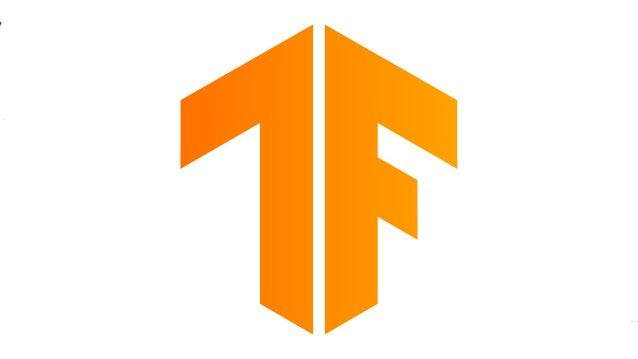
TensorFlow is a free and open-source library developed by Google for machine learning and artificial intelligence applications. It takes input data in the form of tensors which are multi-dimensional arrays of higher dimensions. These multi-dimensional arrays are great at handling large amounts of data.
One of the reasons for the popularity of TensorFlow is that developers can easily build and deploy applications. TensorFlow works on the basis of data flow graphs, and can easily be executed in a distributed manner across a cluster of computers while using GPUs.
The following are the machine learning algorithms supported by TensorFlow:
- Linear regression: tf.estimator.LinearRegressor
- Classification: tf.estimator.LinearClassifier
- Boosted tree classification: tf.estimator.BoostedTreesClassifier
- Deep learning wipe and deep: tf.estimator.DNNLinearCombinedClassifier
- Boosted tree regression: tf.estimator.BoostedTreesRegressor
- Deep learning classification: tf.estimator.DNNClassifier
TensorFlow is best suited for applications such as classification, perception, understanding, discovering, prediction and creation.
Keras
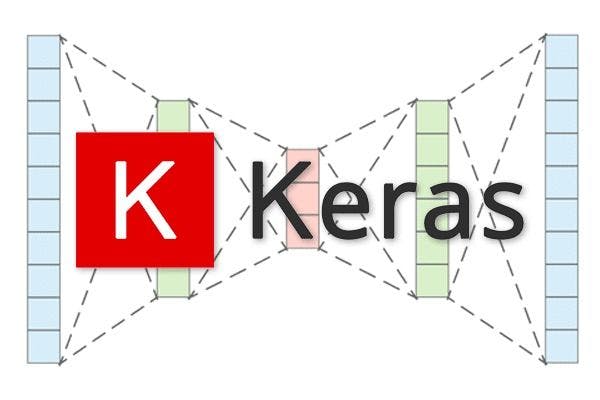
Keras is a powerful open-source high-level neural network library. It uses Theano, TensorFlow, or CNTK at the back-end which acts as a high-level API wrapper for the low-level API. It supports both convolutional and recurrent neural networks as well as a combination of both.
Keras is easy to understand and supports multiple backends. A huge amount of data can be easily processed. The speed of training models is also higher as it can be run on multiple GPU instances at the same time. Keras can be one of the best tools for building neural network models in a user-friendly way.
Scikit-learn
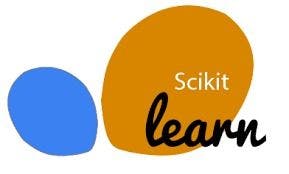
Scikit-learn is a robust open-source tool for machine learning and statistical modeling. It was built on top of NumPy, SciPy, and matplotlib. It can be used to implement a wide range of algorithms including support vector machines, random forests, gradient boosting, k-means, etc.
Scikit-learn can be used for:
Supervised models, such as classification, regression, clustering
- Ensemble methods
- Feature extraction
- Feature selection
- Preprocessing
- Cross-validation
- Model selection
- Dimensionality reduction.
PyTorch

PyTorch is an open-source machine learning library that was developed by using Torch - a library for Python programming. PyTorch can be used to build complex neural networks easily. It has support for GPU and CPU, and supports cloud platforms.
ML and AI developers will find PyTorch easy to learn and build models with.
The features provided are:
- Autograd module
- Optim module
- nn module.
PyTorch is one of the emerging trends in the machine learning field and is being increasingly applied in industries. It can extensively be used for computer vision, deep learning, natural language processing, and reinforcement learning applications.
XGBoost

XGBoost stands for Extreme Gradient Boost. It is an open-source machine learning algorithm that is mainly used for implementing gradient boosting decision trees. Decision trees can be considered the best algorithm for structured/semi-structured data.
XGBoost greatly improves the speed and performance of ML models. It supports tree learning algorithm and linear model learning, making it suitable for parallel computation on a single machine. Hence, it is 10 times faster than all other algorithms. It also offers a good number of advanced features, one being scikit-learn regularization.
XGBoost can be used to solve problems in
- Regression
- Classification
- Ranking
- User-defined prediction challenges
Catalyst
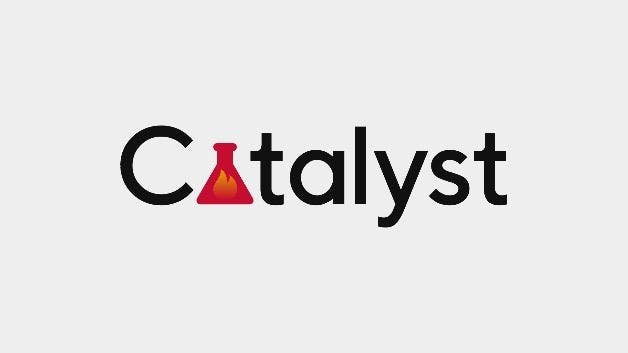
Catalyst is a machine learning framework built on top of PyTorch and is designed specifically for deep learning problems. It simplifies researchers’ tasks through features such as code reusability and reproducibility as well as by supporting faster experimentation. Catalyst enables developers to solve complex problems with few lines of code. It also offers a range of deep learning models like one-cycle training, range optimizer, etc.
Caffe2

Caffe2 is a lightweight, open-source machine learning tool and an updated version of Caffe. It provides n number of machine learning libraries through which complex models can easily be built and run. It supports mobile deployment and, hence, offers higher optimization for developers. It is used in computer vision, speech recognition, translation, chatbots, IoT, and medical applications.
OpenNN
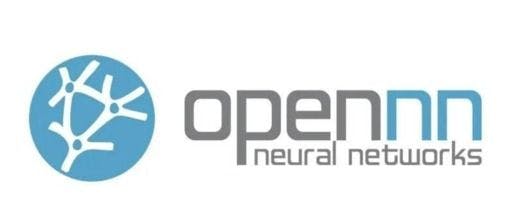
OpenNN is an open-source machine learning tool for neural networks, and is the most successful method of ML to implement neural networks. OpenNN is used to solve many real-world applications in the fields of marketing, health, and more. It consists of many sophisticated algorithms that help to provide solutions for artificial intelligence problems.
OpenNN is best suited for solving issues involving:
- Regression
- Classification
- Forecasting
- Association
Apache Spark MLlib
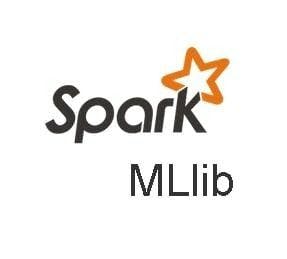
Apache Spark MLlib is an open-source distributed machine learning framework built on top of Apache Spark core. Since it works on in-memory computation, it is nine times faster when compared to other disk-based implementations. It has a good number of ML libraries too which makes training of machine learning models easier. It also provides algorithms such as:
- Clustering
- Regression
- Decision trees
- Collaborative filters
- Pipeline APIs of higher levels
Other machine learning tools
There are many other machine learning tools that help build and deploy models efficiently such as:
- Theano, which can be used for limited GPU resources with high speed
- ML.NET, for .NET developers
- LightGBM, for working with large datasets
- Weka tool, which provides machine learning algorithms for data mining
- Accord.NET, which helps in image and audio processing.
As discussed, always perform a complete analysis of your requirements as well as AI problem-solving tools before choosing one. Sometimes, a well-known tool may not necessarily be the right one for your project.
Considering the sheer number of ML tools available today, selecting the best is no easy task. Each has its advantages but may not be capable of addressing all your requirements. A combination of them can sometimes be the best way to get sound results.
FAQs
1. What are the main problems that AI can solve?
AI can solve many real-world problems including enabling personalized shopping, fraud detection, virtual assistance, voice assistance, spam filtering, facial recognition, and recommendation systems. It can also be applied to common game problems such as water jug, travelling salesman, magic squares, Tower of Hanoi, sudoku, N Queen, chess, crypt-arithmetic, logical puzzles, etc.
2. What are problem-solving techniques in AI?
Problems in artificial intelligence can be solved by using techniques such as searching algorithms, genetic algorithms, evolutionary computations, knowledge representations, etc.
3. What is the role of AI in real-world problem solving?
One of the biggest benefits of AI is its ability to solve many real-world problems. AI problem-solving techniques can be applied in the fields of marketing, banking, gaming, healthcare, finance, virtual assistance, agriculture, space exploration, and autonomous vehicles, to name a few.
4. What problems can AI not solve?
AI is not suitable for creating, conceptualizing, or planning strategically. It can’t deal with unstructured and unknown spaces, especially ones it hasn’t experienced before. It can’t interact or feel compassion and empathy. Without training data, it can’t do anything meaningful.

Press

Blog
